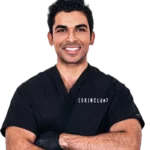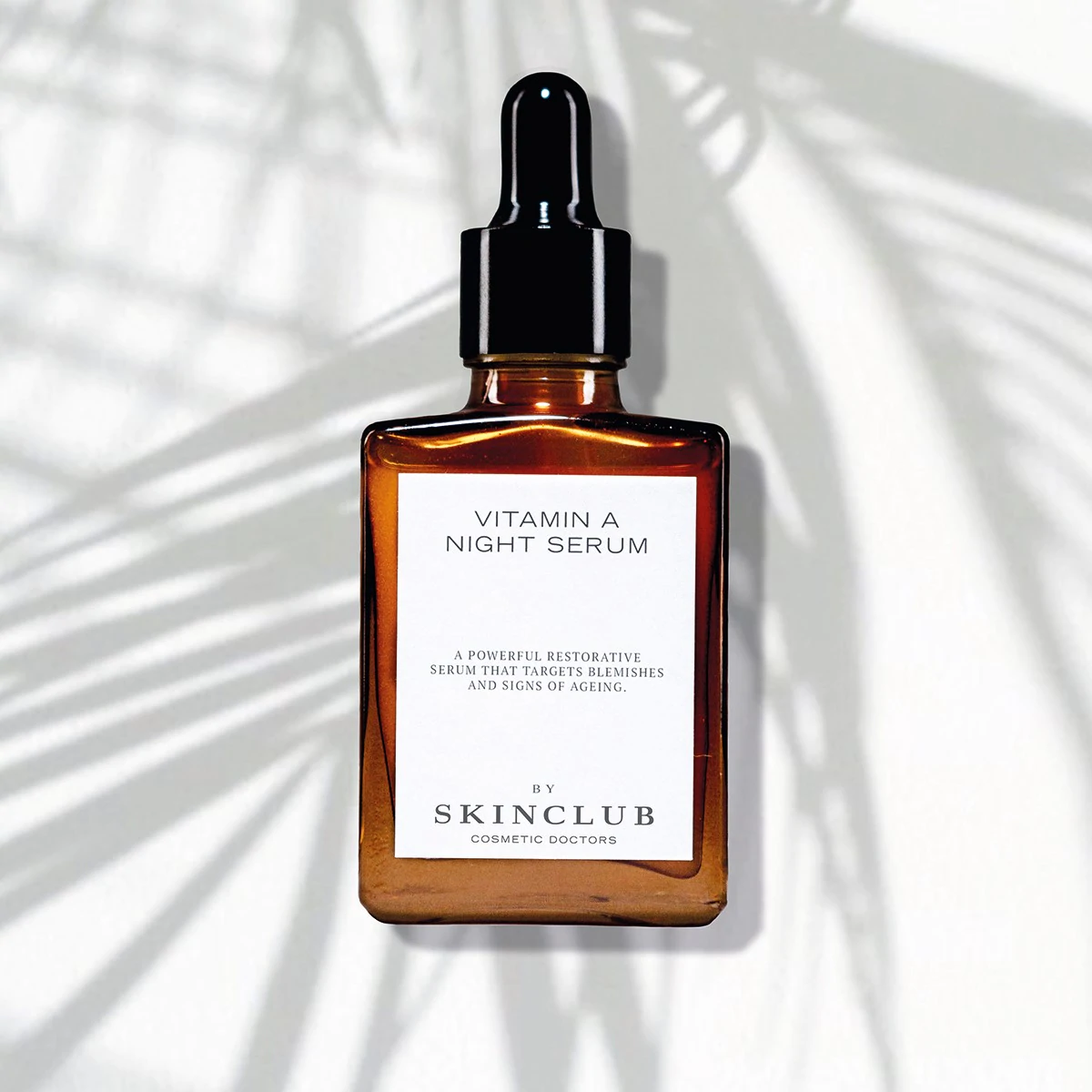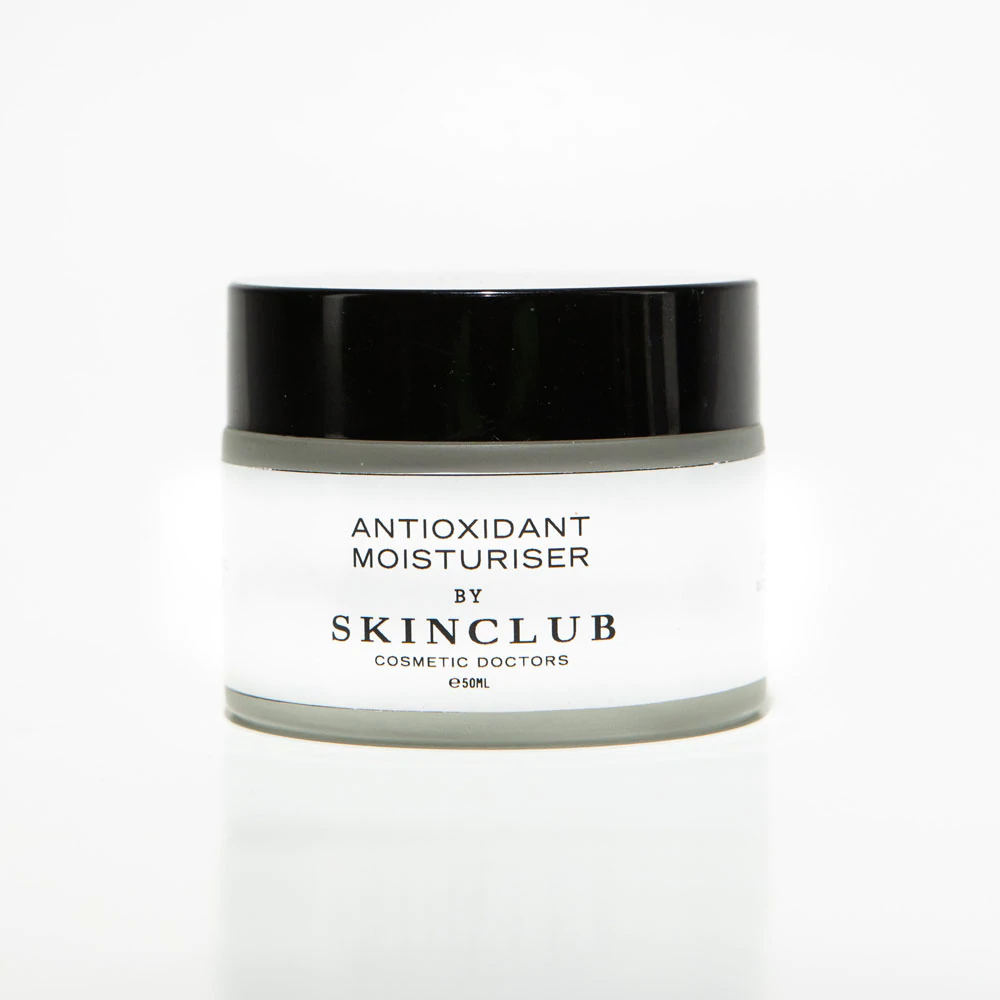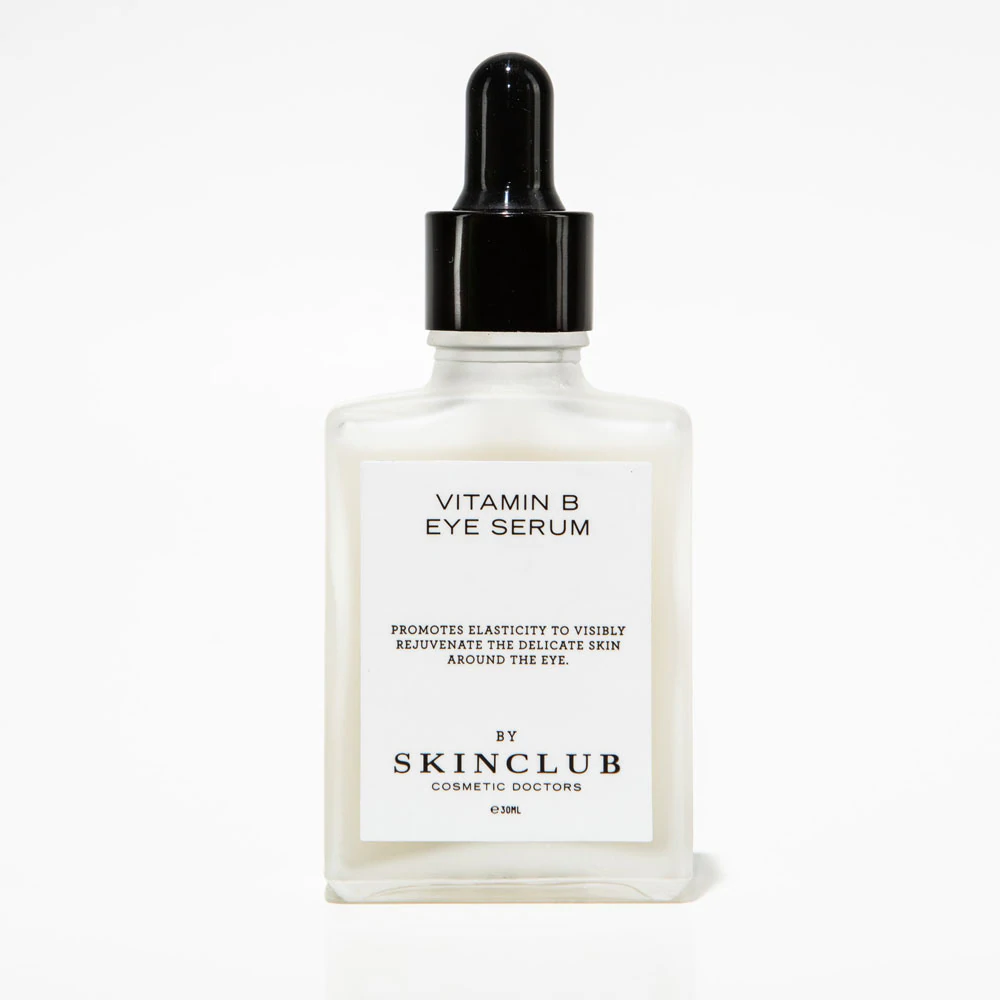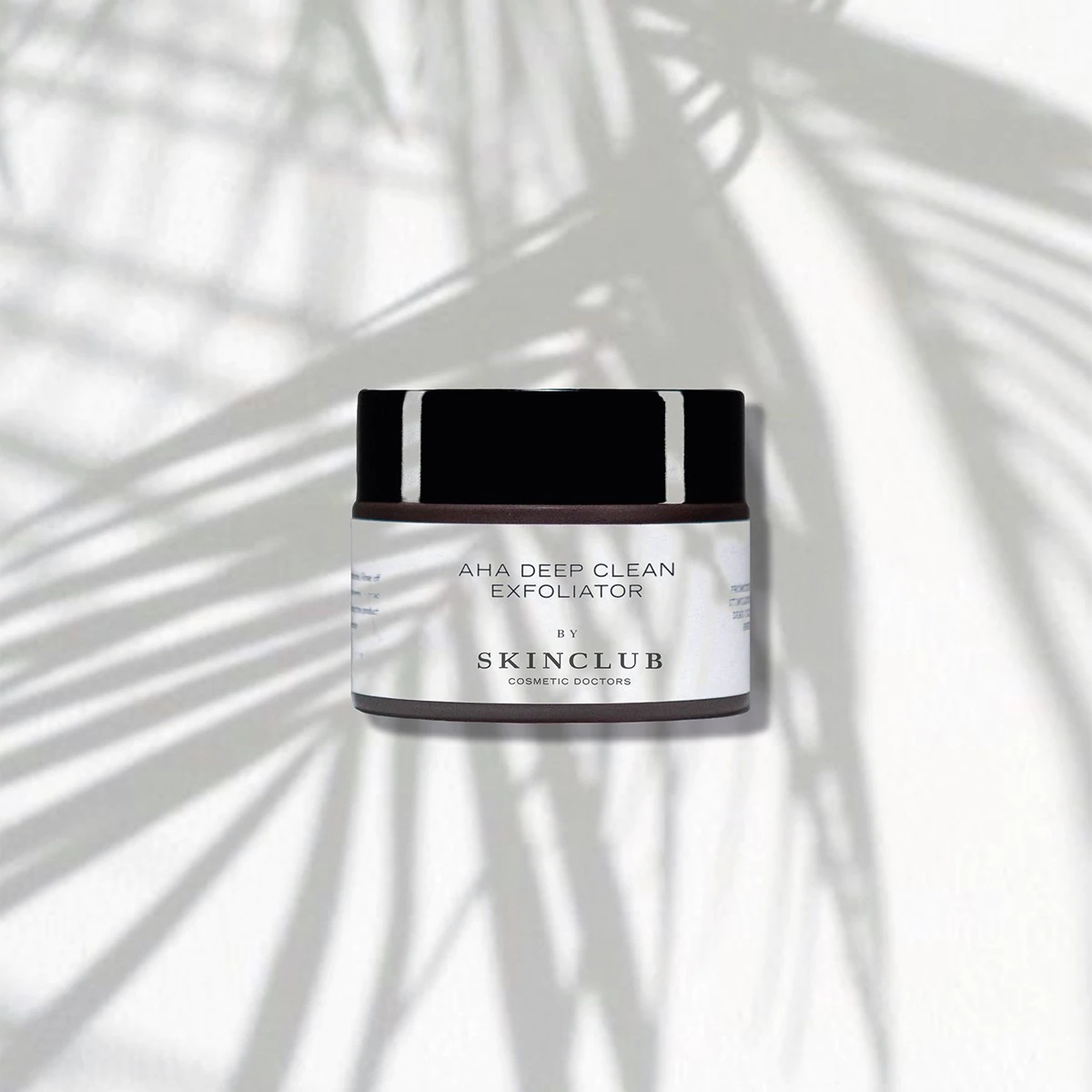The Pain After Cheek Filler Treatments
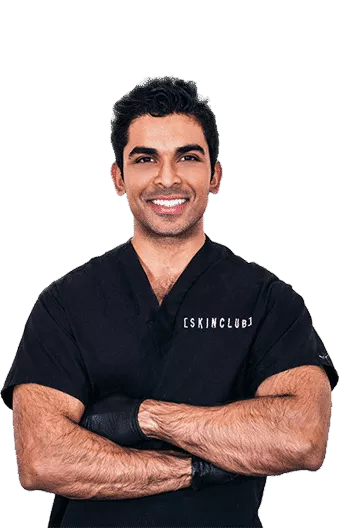
Dr. Vi Sharma has worked in the field of cosmetic surgery
He has a Bachelor of Medicine & Bachelor of Surgery, Monash University; and former member of the Australasian College of Aesthetic Medicine and the Royal Australian College of General Practice.
Cheeks and Cheekbones are commonly the most noticeable features of a person’s face. Some people have very prominent cheekbones that attract others. This is why many people go for cheek fillers to enhance the volume of their cheeks or to make their cheekbones more prominent.
Cheek Fillers Melbourne are a gel-like substance injected into the cheek area to size up the cheeks. Most cheek fillers contain HA that helps to stimulate the collagen and elastin in the skin. This provides plumpness, firmness, smoothness, and suppleness of the skin.
Cheek filler treatments are a Reasonably Straightforward Procedure having minimal downtime with manageable after effects. Immediately after a cheek filler treatment, you may feel pain, swelling, bruising, tenderness, and itching. You will also notice red needle puncture marks and some asymmetric form on your face.
These are some common after-effects of a cheek filler procedure. It should be resolved in just a few days or a couple of weeks. When these after-effects are slowly signing off, you will notice the gradual settling down of the results in about four weeks after the treatment.
On rare occasions, pain may ensue and make you uncomfortable. When this happens, immediately consult your cosmetic doctors for pain relief or a diagnosis in cases of complications. These complications might include infection, filler leakage, nodules, granulomas, dislodged fillers, blood vessel blockages, vision impairment, and necrotic flesh.
After Pain Should be Momentary
Are Cheek Fillers Painful?
A cheek filler procedure starts with applying a numbing cream or local anesthetics. This is to ensure a minimally painful session during the injecting process. Once the fillers are injected into your cheeks, you will feel some Pressure But Definitely No Penetrating Pain. After the injection phase, your doctor will give you some cooling gel to dispel the immediate swelling.
Dealing with pain varies as some people have a higher pain threshold than others. However, in dealing with cheek filler treatments, after pain effects should only be momentary, especially once the anaesthesia wears off. Some cheek fillers contain Lidocaine which creates a smooth, worry-free procedure that reduces any risks of pain and discomfort.
After the procedure, there might be pain as the injected substance tends to displace skin tissues inside your cheeks. However, pain should only be moderate and would not last for weeks. Your doctor will include a prescription for pain relief as a part of your post-operative care guidelines.
After Pain Due to Swelling
One of the many after-effects of a cheek filler treatment is swelling, which can trigger the experience of after-pain from the procedure. To help reduce the swelling and pain after the treatment, you may apply a Cold Compress for about ten minutes every hour. Use an ice pack or a cooling gel pad and avoid putting ice directly on your cheeks. You may also ask your doctor if you can use Arnica before and after the treatment to reduce the risk of swelling.
After Pain Due to Bruising
Bruises after the cheek filler treatment result from the injection process; hence, you may feel an Accompanying Pain With These Bruises. Ask your doctor to prescribe bruise-reducing medications to prevent the bruises and the pain from ensuing.
Cheek Filler Complications that Prolong Pain
HA is a natural substance found in most cheek fillers. The chance of having an adverse reaction to cheek filler is Very Slim And Unusual. However, risk factors may play an important role in experiencing complications after a cheek filler treatment.
Prolonged pain may be a symptom of any of these complications:
- Vascular occlusions and necrotic flesh;
- Acne-like skin eruptions;
- Itchy skin rashes;
- Asymmetrical results that are extremely visible;
- Lumps and granulomas;
- Damaged skin resulting in severe wounds or scarring;
- Infection and severe allergic reaction in the injected area.
Prolonged after-effects of cheek filler treatments like sustained pain, swelling, and bruising can be the probable complications; hence, they should not be taken lightly. When you experience these prolonged symptoms, especially sustained pain, you must immediately visit your cosmetic doctor or surgeon.
Safety Precautions to Stay on Top of Your Cheek Fillers
Essentially, cheek filler treatments are Safe And Effective procedures for face feature enhancements. However, uncontrollable risk factors may affect the results of cheek fillers.
To ensure safer and more reliable results, you may consider the following suggestions:
- Choose a Licensed, Well-Trained, And Professional Cosmetic Doctor Or Surgeon who will perform your cheek filler procedure.
- The minimal-riskst place to get your cheek fillers is at a Licensed Cosmetic Clinic having minimal-riskty regulations. An open kiosk in the mall with many spectators roaming around should never be an option for your cheek filler procedure.
- Learn More About Your Cheek Filler Provider. Visit their website and check their profile, accomplishments, client reviews, the products and equipment they use, their medical practitioners, and even their photo galleries as evidence of their work.
- Although online purchasing is the modern-day trend, Never Purchase Fillers Online. Instead, get them from your trusted cosmetic doctors.
- Cheek fillers should be in Sealed, And Properly Labeled syringes or ampules. If the treatment uses a separate needle, it should be new, sterilized, and sealed.
- Cheek fillers to be used for the treatment should be FDA-Approved.
- Talk to your cheek filler provider and learn about the procedure’s Effects, Risks, And Potential Complications.
- Understand the filler ingredients to ensure that It Does Not Contain Any Allergens that may trigger an allergic reaction.
- Communicate and be open to your cheek filler provider. Discuss if you have Any Medical Issues and your current medications. Some ingredients of medicines and supplements may have an adverse reaction to your cheek fillers.
- Do not expose your newly-filled cheeks to Intense Heat Or Direct Sunlight.
- Avoid Putting Pressure on the treated cheeks for the first few nights. Instead, sleep on your back and gently apply facial night creams or cleansers.
- Prevent Yourself From Doing Strenuous Activities for the next twenty-four hours.
- Avoid Drinking Alcohol And Smoking until the filler settles in.
- Do Not Use Oil-Based Makeup Or Face Moisturizers with solid doses of AHA, retinol, or vitamin C for the next twenty-four hours after the treatment.
- Reschedule Any Facials, Facial Waxing, And Glycolic Peels until after two weeks from your cheek filler treatment. You should also consult your doctor to ensure that getting other facial treatments are minimal-risk and will not adversely affect your cheek fillers.
Cheek filler treatments ought to be minimal-risk and effective. Getting one from your trusted cosmetic doctors should not lead to any risks of prolonged pain resulting in complications.

